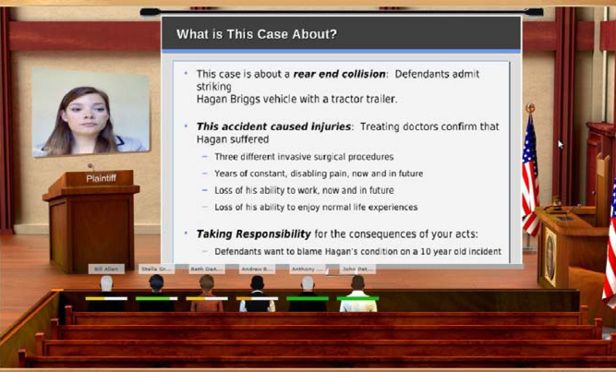One of the biggest, yet untapped advantages the digital age has brought to the legal world is access to technology and electronic evidence during the trial preparation stage of a legal matter. In the past, lawyers had no choice but to pore over endless stacks of paper to find a case’s key documents. Today’s post-production case work is not much different, swapping stacks of paper for a mountain of electronic documents.
For most lawyers dealing with e-discovery, document review and compliance is the focus. Yet post-production, a large dataset remains, which needs to be tapped repeatedly for information that will help inform case strategy and support counsel’s positions in court. Once the burden of discovery has been fulfilled, the work of understanding the information produced—often hundreds of thousands or millions of documents—can be equally cumbersome. Without an efficient way to identify and analyze the subset of truly relevant information, attorneys can become buried in post-production work.
This content has been archived. It is available through our partners, LexisNexis® and Bloomberg Law.
To view this content, please continue to their sites.
Not a Lexis Subscriber?
Subscribe Now
Not a Bloomberg Law Subscriber?
Subscribe Now
LexisNexis® and Bloomberg Law are third party online distributors of the broad collection of current and archived versions of ALM's legal news publications. LexisNexis® and Bloomberg Law customers are able to access and use ALM's content, including content from the National Law Journal, The American Lawyer, Legaltech News, The New York Law Journal, and Corporate Counsel, as well as other sources of legal information.
For questions call 1-877-256-2472 or contact us at [email protected]



